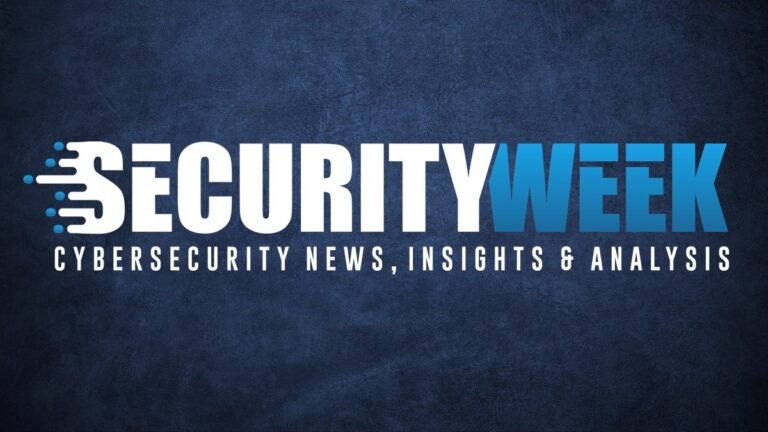Essential Insights
-
Economic Impact: Scams are projected to cost the global economy $1.03 trillion in 2024, emerging as a major business due to high profitability compared to legitimate work.
-
Crime-as-a-Service Growth: The rise of crime-as-a-service (CaaS) has facilitated easier scamming, with specialized tools and services allowing both skilled and unskilled individuals to engage in cybercrime.
-
Social Engineering Dominance: The effective use of social engineering has become more critical for scammers than technical skills, enabling attacks like "pig butchering," which rely on building trust with victims over time.
- Persistent Challenges: Despite efforts to prosecute cybercriminals, the global nature of the threat and the effectiveness of CaaS complicate deterrence, making detection and disruption essential to manage growth in scamming activities.
The Issue
The alarming rise of scams, now a trillion-dollar industry poised to cost the global economy an estimated $1.03 trillion by 2024, underscores a significant metamorphosis in the landscape of cybercrime. This evolution can be attributed to the allure of easy profit over legitimate employment, bolstered by crime-as-a-service (CaaS) models. Notably, technologically adept and novice scammers alike exploit these systems, often rendering law enforcement efforts futile due to the intricacies of international law and the convoluted geopolitics surrounding cybersecurity. High-profile incidents, such as the successful dismantling of the Vietnam-based cybercrime group Storm-1152 by Microsoft’s Digital Crime Unit, reveal the complexities of tackling these entities that facilitate ransomware and data theft through prodigious infrastructures of fraud.
Reports from Arkose Labs illuminate the pervasive threat and growing sophistication of scams facilitated by emerging technology and social engineering tactics. For instance, scammers in El Salvador, attracted by the lucrative returns on cybercriminal activities—often significantly higher than traditional jobs—have increasingly embraced tools that simplify fraudulent practices. Strategies like “pig butchering” showcase the blend of psychological manipulation and technology, wherein scammers establish relationships with targets to extract considerable financial gains. This environment of escalating cyber fraud reflects a troubling trend as scams not only gain traction but adapt, evading traditional deterrents and proving resilient against governmental crackdowns that often force criminals to pivot from street crime to online fraud.
Potential Risks
The proliferation of scams, now a burgeoning facet of the global economy, poses significant risks to businesses, users, and organizations, particularly as they become entangled in this intricate web of deceit. With projections indicating a staggering $1.03 trillion loss to the global economy in 2024, companies and consumers alike face the fallout of compromised trust and financial resources. The seamless integration of crime-as-a-service (CaaS) amplifies this threat, enabling criminals, both skilled and unskilled, to easily exploit vulnerabilities through sophisticated social engineering tactics and automated tools. This ecosystem not only jeopardizes individual entities but also destabilizes entire markets, as fraudulent activities undermine consumer confidence and drive up operational costs for legitimate businesses. The cascading effects of such scams can lead to tighter regulations and increased scrutiny, ultimately impeding innovation and growth. Thus, the imperative to recognize, disrupt, and mitigate this growing menace becomes a critical challenge for all sectors involved.
Possible Actions
Timely remediation plays a critical role in combating the pervasive issue of scamming, as swift actions can mitigate potential damages and empower entities to better manage risks associated with deceptive practices.
Mitigation Steps
- Awareness Training
- Incident Response Plans
- Regular Audits
- Fraud Monitoring Tools
- User Authentication Enhancements
- Reporting Mechanisms
- Policy Reviews
- Community Engagement
NIST Guidance
NIST CSF emphasizes the importance of establishing a robust security framework to effectively manage risks, particularly in the context of scams. For detailed insights, refer to NIST Special Publication (SP) 800-53, which outlines comprehensive security and privacy controls for federal information systems and organizations, serving as a valuable resource for organizations seeking to bolster their defenses against scamming threats.
Explore More Security Insights
Discover cutting-edge developments in Emerging Tech and industry Insights.
Understand foundational security frameworks via NIST CSF on Wikipedia.
Disclaimer: The information provided may not always be accurate or up to date. Please do your own research, as the cybersecurity landscape evolves rapidly. Intended for secondary references purposes only.
Cyberattacks-V1

